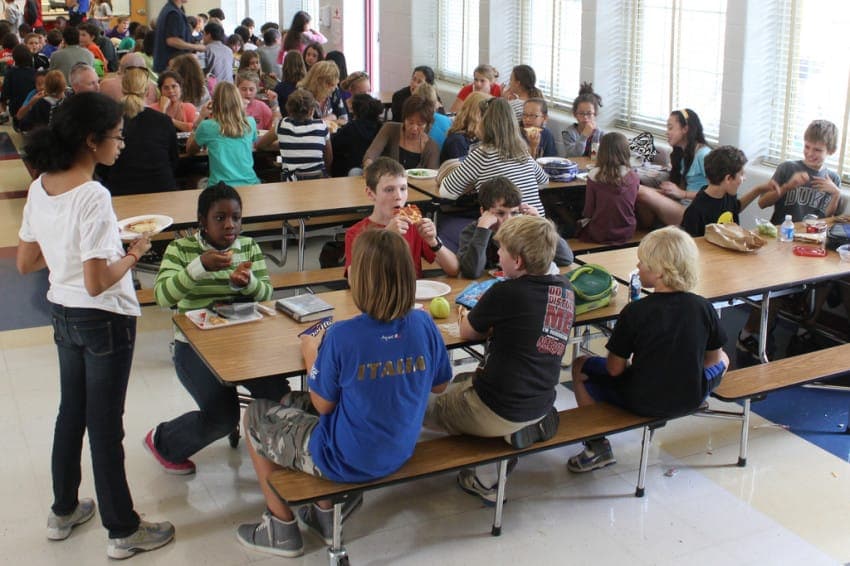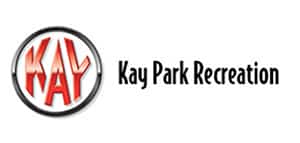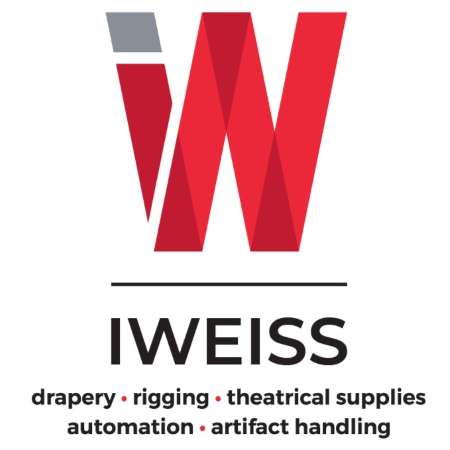After a very long and unexpected break, halls and classrooms will soon be filled with returning students and staff. This extended vacation is the ideal time to get some targeted deep cleaning done.
One of the most challenging places to clean is the school cafeteria. School cafeterias and kitchen areas contain a legion of high-touch surfaces, making them susceptible to the spread of infectious diseases such as colds, the flu and now COVID-19.
Keeping these areas clean with little time between meal rotations can be challenging, but starting off the school year with a sanitized area will help prevent germs and hopefully reduce absenteeism.
As your kitchen facilities have likely not been used for the past few months, dust, germs, and bacteria have likely built up in these areas. Here are some tips on how to clean your cafeteria in preparation for the new school year.
High-Touch Surfaces
Targeted disinfection breaks the chain of infection. Surfaces that require close attention to detail are high-touch surfaces, or surfaces that are frequently touched throughout the day. These surfaces include, but aren’t limited to door handles, cafeteria tables, food trays and drinking fountains.
While standard wiping with a disinfectant is effective, the best tool to fight the spread of infection is electrostatic disinfection. Electrostatic disinfection is a quick and easy way to achieve 360 degree, touchless disinfection.
Electrostatic sprayers use positive and negative charges to make disinfecting solutions electromagnetically stick to targeted surfaces. It is faster than standard wiping and safe for people and plants when paired with the right disinfectants.
While it isn’t a replacement to cleaning, it is an imperative addition to school cleaning. Being that it is fast, it can reduce labor costs. It also eliminates the potential of cross contamination from microfiber towel to surface.
Floors
Your janitorial staff has likely run a mop over the floors in your cafeteria and kitchen area, but have they done a deep cleaning? Floors are a haven for dirt, grime and bacteria. If your floors have not been deep cleaned since the beginning of summer vacation, then this soil has been multiplying for quite some time. It is crucial that a deep floor cleaning be done before the start of the school year.
This deep cleaning requires the use of an auto-scrubber and more thorough chemicals than are used during a routine mopping. Be sure that the floors are thoroughly and deeply cleaned prior to the influx of returning students.
Kitchen Appliances
Your large kitchen appliances should be cleaned thoroughly, both inside and out, before the new school year begins. Each and every appliance, including your walk-in refrigerator, ovens, microwaves and stovetops, should be broken down and thoroughly cleaned. Cleaning should begin in one upper corner and move diagonally to the bottom opposite corner so that all of the soil and dirty water that falls when your team is cleaning will end up in a spot that has not yet been cleaned.
Your cleaning team will need to remove all of the racks, shelves and internal pieces from every appliance. Each piece should then be soaked in a degreaser until the grease and dirt is forced loose. A thorough scrubbing in a high-quality cleaning solution should be done before leaving the pieces out to air dry.
Food Prep Surfaces
The surfaces that make contact with the food being served to students have the greatest potential to transfer germs and bacteria. Be sure that your cleaning crew is properly equipped with more advanced tools, such as squeegees and microfiber pads that will clean these crucial areas more completely. Electrostatic disinfection can be safely performed in these areas as well.
Traditional cleaning sponges and rags only spread germs from surface to surface. Your cleaning crew should start by spraying the environmentally safe cleaner onto a microfiber pad, which they should then use to wipe down the countertops. Next, they should use the squeegee to remove the soil and dry the surface. Finish with electrostatic disinfection to ensure that every nook is rid of germs.
Lunchroom Tables
Most cafeteria tables are laminate, which are highly resistant to wear and tear, and fairly easy to keep clean. Simply use a mixture of warm water and a mild detergent to clean down every table top. Use a mixture of baking soda and a mild cleaner worked in with a stiff bristle brush to get out any stubborn stains. Be sure to remove all gum from under the tables as well.
Use Products Safely
Follow your school’s standard procedures for routine cleaning and disinfecting. Pay close attention to hazard warnings and directions on product labels. Cleaning products and disinfectants often call for the use of gloves or eye protection. For example, gloves should always be worn to protect your hands when working with bleach solutions.
Do not mix cleaners and disinfectants unless the labels indicate it is safe to do so. Combining certain products (such as chlorine bleach and ammonia cleaners) can result in serious injury or death. Ensure that custodial staff, teachers, and others who use cleaners and disinfectants read and understand all instruction labels and understand safe and appropriate use. This might require that instructional materials and training be provided in other languages.
To help make sure your school facility provides the healthiest and cleanest environment for your students and staff, make sure you call the cleaning experts at OctoClean. Contact them at 1-888-540-0828 for more information on their school cleaning services.









